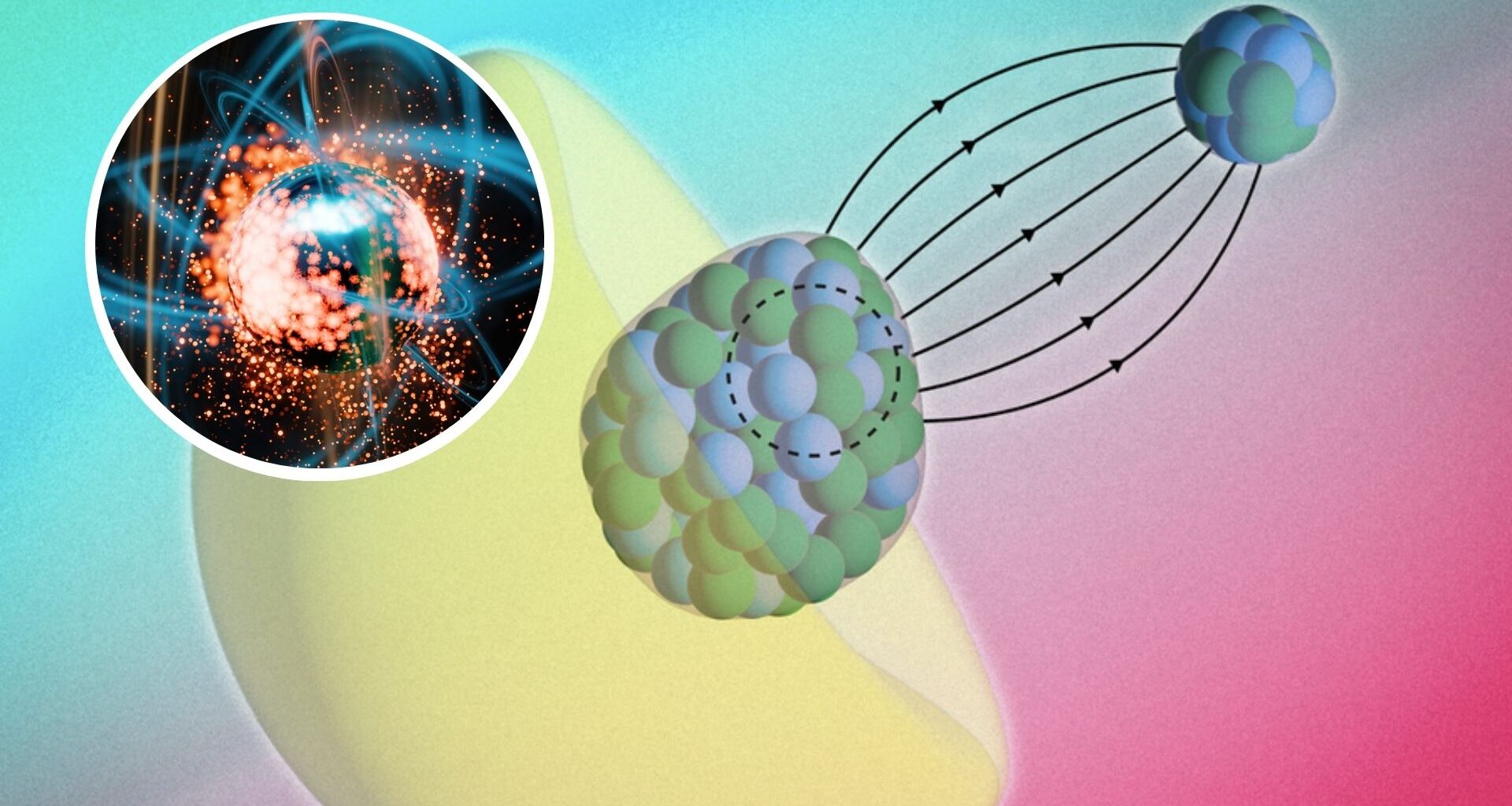Scientists have developed a new method that can help them probe inside atom’s nucleus. Developed by researchers at MIT, the method uses the atom’s own electrons as “messengers” within a molecule to help probe inside the nucleus.
“Our results lay the groundwork for subsequent studies aiming to measure violations of fundamental symmetries at the nuclear level,” said study co-author Ronald Fernando Garcia Ruiz, who is the Thomas A. Franck Associate Professor of Physics at MIT.
“This could provide answers to some of the most pressing questions in modern physics.”
Probe the inside of atomic nuclei
The research team also pointed out that typically, experiments to probe the inside of atomic nuclei involve massive, kilometers-long facilities that accelerate beams of electrons to speeds fast enough to collide with and break apart nuclei.
The team’s new molecule-based method offers a table-top alternative to probe the inside of an atom’s nucleus directly. With this new method, physicists precisely measured the energy of electrons whizzing around a radium atom that had been paired with a fluoride atom to make a molecule of radium monofluoride.
The research team used the environments within molecules as a sort of microscopic particle collider, which contained the radium atom’s electrons and encouraged them to briefly penetrate the atom’s nucleus.
Within molecules of radium monofluoride, the team measured the energies of a radium atom’s electrons as they pinged around inside the molecule.
New way to measure the nuclear magnetic distribution
The research team discerned a slight energy shift and determined that electrons must have briefly penetrated the radium atom’s nucleus and interacted with its contents. As the electrons winged back out, they retained this energy shift, providing a nuclear “message” that could be analyzed to sense the internal structure of the atom’s nucleus, according to the MIT research.
The new method offers a new way to measure the nuclear “magnetic distribution.” In a nucleus, each proton and neutron acts like a small magnet, and they align differently depending on how the nucleus’ protons and neutrons are spread out. The team plans to apply their method to precisely map this property of the radium nucleus for the first time, according to a press release.
What they find could help to answer one of the biggest mysteries in cosmology: Why do we see much more matter than antimatter in the universe?
“The radium nucleus is predicted to be an amplifier of this symmetry breaking, because its nucleus is asymmetric in charge and mass, which is quite unusual,” said Garcia Ruiz, whose group has focused on developing methods to probe radium nuclei for signs of fundamental symmetry violation.
The research team also stressed that peering inside the nucleus of a radium atom to investigate fundamental symmetries is an incredibly tricky exercise.
“Radium is naturally radioactive, with a short lifetime and we can currently only produce radium monofluoride molecules in tiny quantities,” said study lead author Shane Wilkins, a former postdoc at MIT. “We therefore need incredibly sensitive techniques to be able measure them.”

